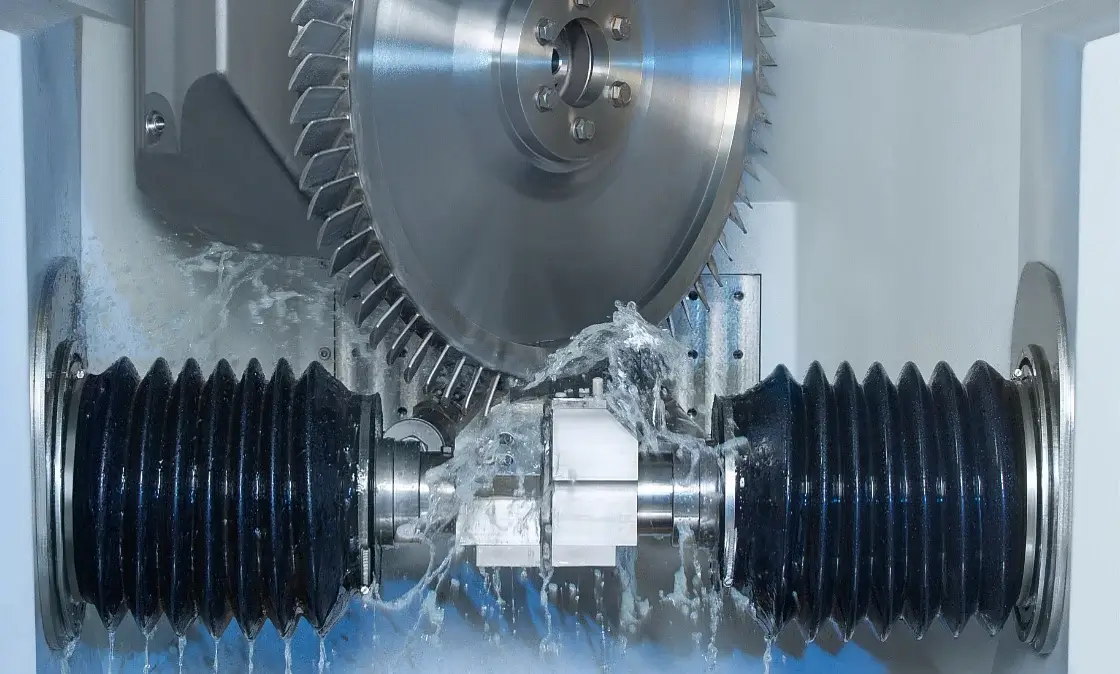ECM Machining Guide
ECM machining is a non-traditional machining process that uses an electrochemical reaction to remove metal from a workpiece. It is a highly precise and controllable process used to machine complex shapes and hard materials that are difficult to machine with conventional methods.
1.What is ECM machining?
ECM machining is often used to machine complex shapes, thin and fragile parts, and hard materials such as titanium, nickel alloys, and high-temperature alloys. It is also used to deburr, polish, and etch surfaces.
ECM machining has many advantages over conventional machining methods, including high precision, no mechanical stress, and no tool wear. The ECM process can also be used to machine a variety of materials, including stainless steel, titanium, nickel alloys, and high-temperature alloys. It is particularly useful for machining difficult materials that are difficult to machine with conventional methods.
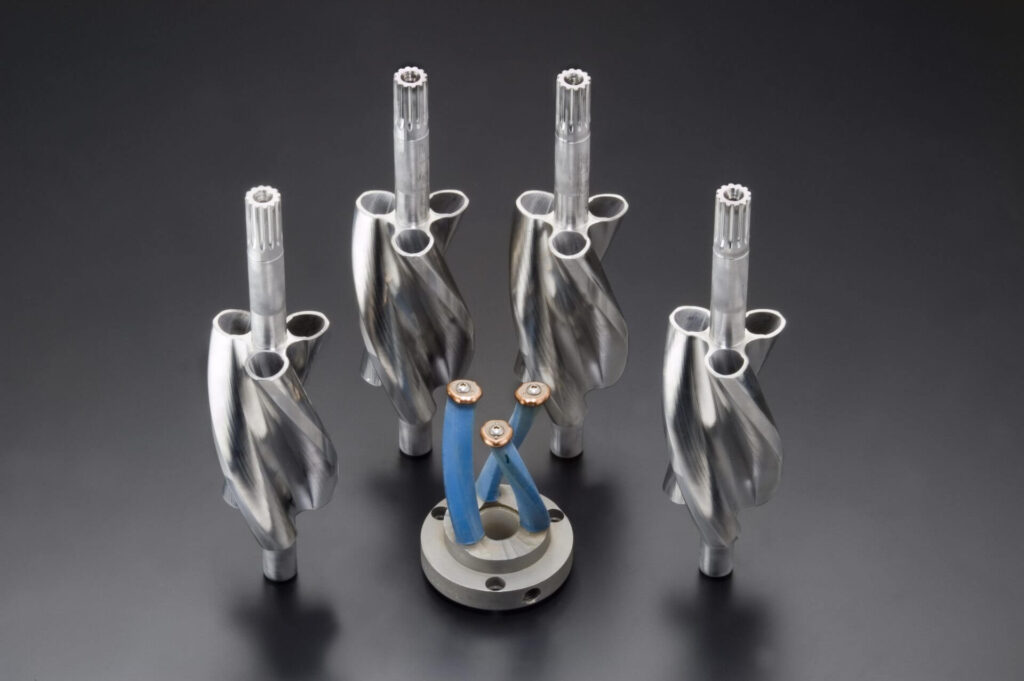
2.How ECM machining works
The ECM machining process involves using a conductive tool made of copper or brass and an electrolyte solution to remove metal from the workpiece through an electrochemical reaction. The basic setup for the ECM process includes a power source, a workpiece, a tool, and an electrolyte solution.
In ECM machining, the conductive workpiece is connected to the negative terminal of the power source, and a tool made of a highly conductive material is connected to the positive terminal. The tool is positioned very close to the workpiece, and an electrolyte solution is pumped through the gap between the tool and the workpiece.
When a voltage is applied between the tool and the workpiece, an electrochemical reaction occurs on the workpiece surface, causing the metal to dissolve into the electrolyte solution. The dissolved metal is then carried away by the electrolyte, leaving a cavity in the workpiece that matches the shape of the tool.
3.ECM has four main features
1) Tool (also called electrode or cathode)
The cathode tool is designed roughly the opposite of the shape or pattern to be machined on the anode. This means it is specific and matches the part model, making it more suitable for mass production.
While each cathode is machined uniquely to the project, it has a very long service life because it is not in direct contact with the workpiece and there is no thermal erosion.
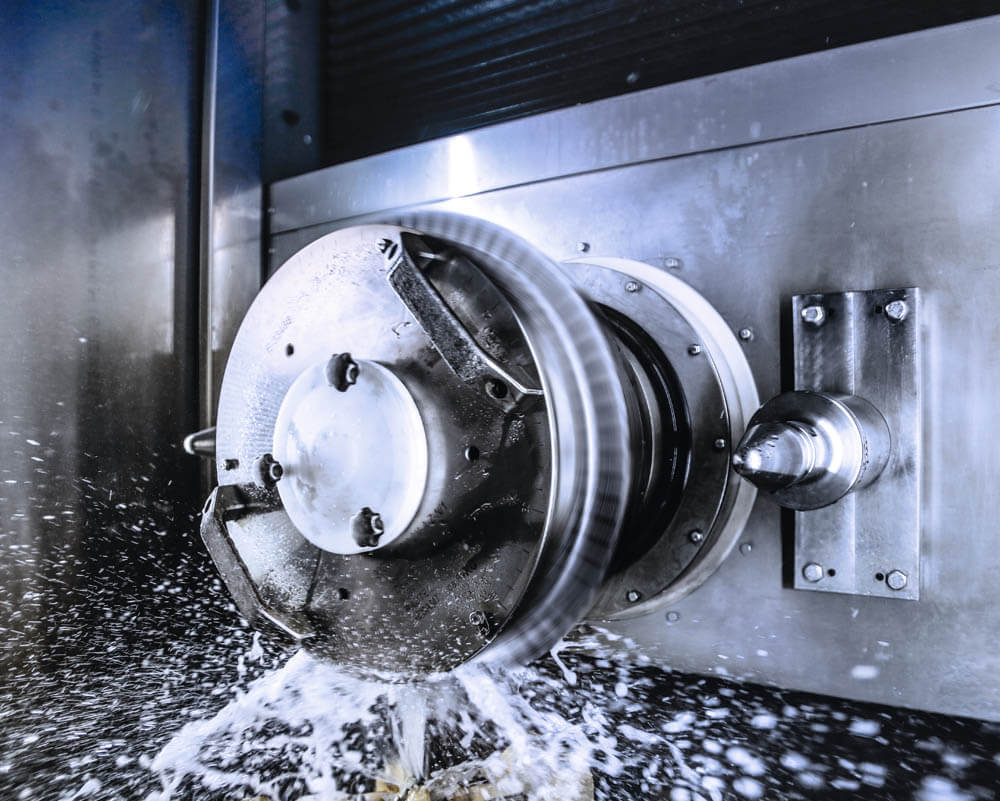
2) Workpiece (also called anode)
The anode (workpiece) can theoretically be any conductive metal, but the value proposition of ECM is best suited for difficult-to-machine metals such as iron, nickel and chromium-based alloys, as well as more exotic materials such as nickel-titanium alloys, titanium aluminides or high-entropy alloys. The anode can be raw sheet or bar stock, but ECM is typically used for casting, rough machining, stamping or other near-net-shaped parts.
3) Conductive fluid (also called electrolyte)
The electrolyte is both a conductive agent for the electrochemical reaction to occur and a flushing fluid that removes waste from dissolved metals, heat generated when the current flows, and gases produced by the electrochemical reaction on the cathode and anode surfaces. This fluid is constantly pumped into the gap between the cathode and anode to maintain a steady process.
4) Power supply
The power supply provides the current required for the electrochemical reaction and is directly related to the speed of the process, meaning that the higher the current, the faster the material removal rate.
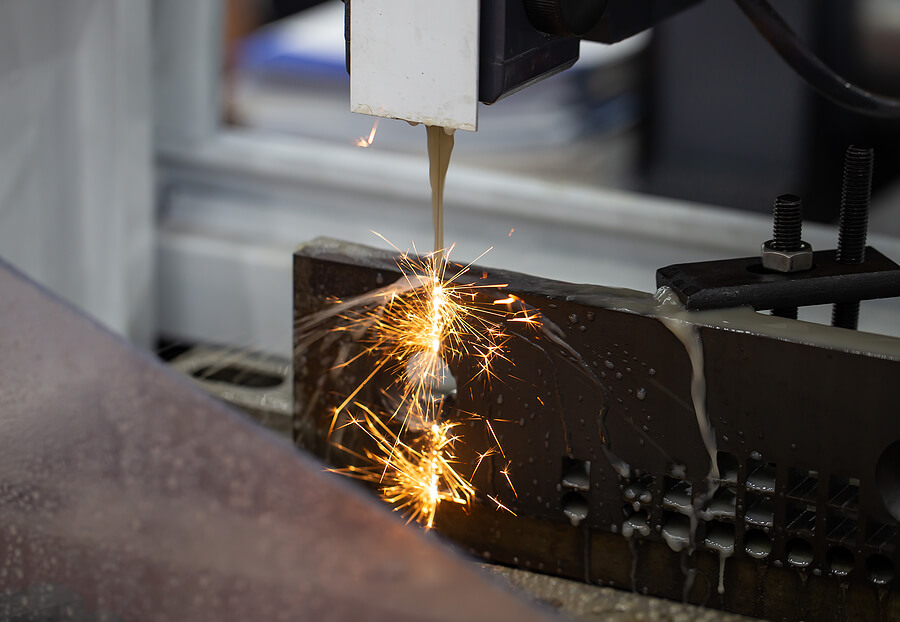
4.What are the advantages of ECM machining?
Electrochemical machining (ECM) has several advantages over traditional machining processes.
- High precision: ECM is able to produce high-precision, high-accuracy parts with tolerances as low as a few microns. This level of precision is difficult to achieve with traditional machining processes.
- Complex shapes: ECM can process complex shapes and thin, fragile parts without the risk of deformation or damage.
- Hard materials: ECM can process hard materials such as titanium, nickel alloys, and high-temperature alloys. This is because the material removal mechanism of ECM does not rely on the hardness of the material.
- No tool wear: ECM does not use mechanical tools, which means there is no tool wear and the process is not limited by the hardness of the tool material.
- No thermal damage: ECM is a non-thermal process, which means no heat is generated and no thermal damage to the workpiece occurs. This is particularly important when machining heat-sensitive materials.
- No burr formation: ECM does not create burrs or other unwanted materials on the workpiece, reducing the need for additional deburring operations.
- Environmentally friendly: ECM is an environmentally friendly process because it does not produce any debris or waste that needs to be disposed of.
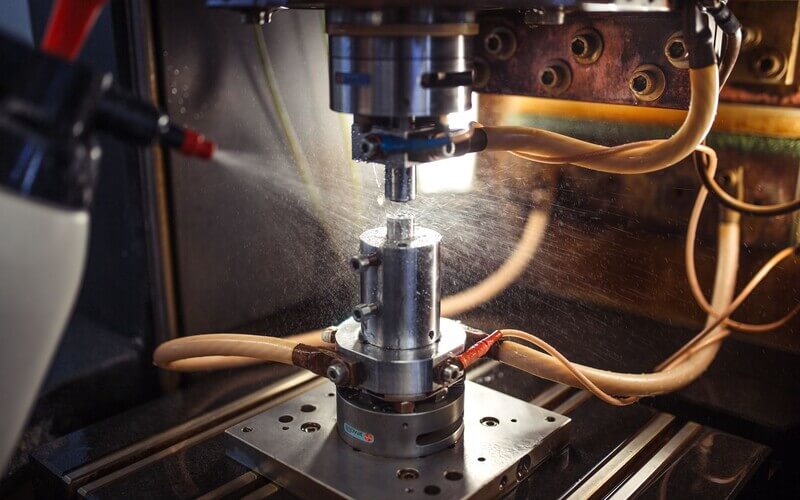
5.Difference between EDM and ECM
EDM (Electro Discharge Machining) and ECM (Electro Chemical Machining) are both non-traditional machining processes that use electrical energy to remove material from the workpiece.
However, there are some fundamental differences between the two processes:
- Working principle: EDM machining uses a series of electrical sparks to erode the workpiece, while ECM uses an electrochemical reaction to dissolve the metal on the workpiece.
- Material removal mechanism: EDM uses thermal energy to vaporize and erode the workpiece, while ECM uses a chemical reaction to dissolve the material.
- Tools: EDM uses tools made of conductive materials, while ECM uses tools made of non-conductive materials.
- Workpiece conductivity: EDM can be used to machine both conductive and non-conductive materials, while ECM requires the workpiece to be conductive.
- Surface finish: Due to the nature of the material removal mechanism, EDM leaves a rougher surface finish than ECM.
- Applications: EDM is typically used to machine complex shapes and hard materials, while ECM is typically used to machine complex shapes, thin and fragile parts, and difficult-to-machine materials.
If you are looking for an experienced machining manufacturer, Xavier is your ideal choice. The Xavier team is well-equipped to provide high-quality machining solutions. If you need more information or to discuss your machining needs with us, please feel free to contact us.
